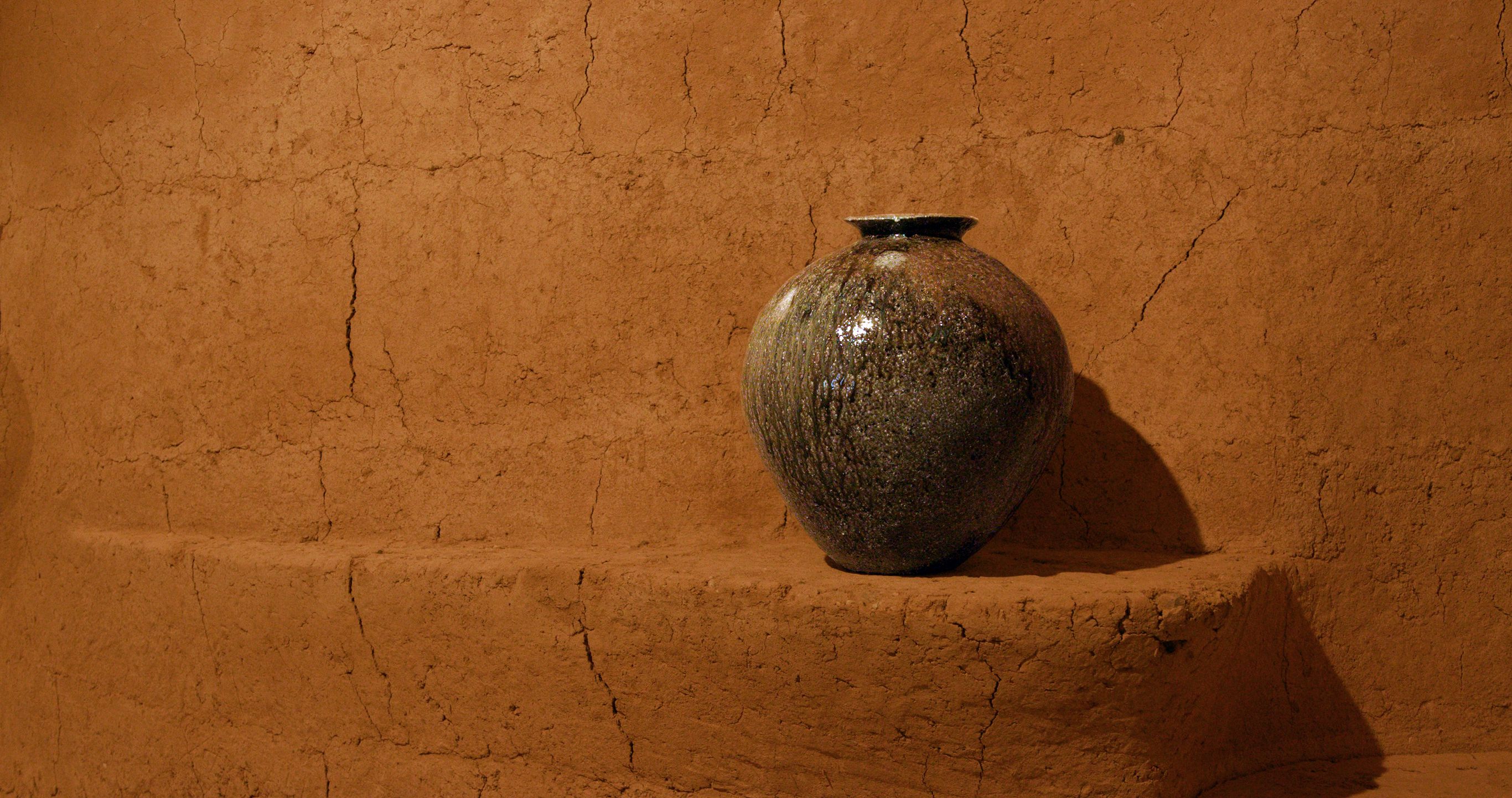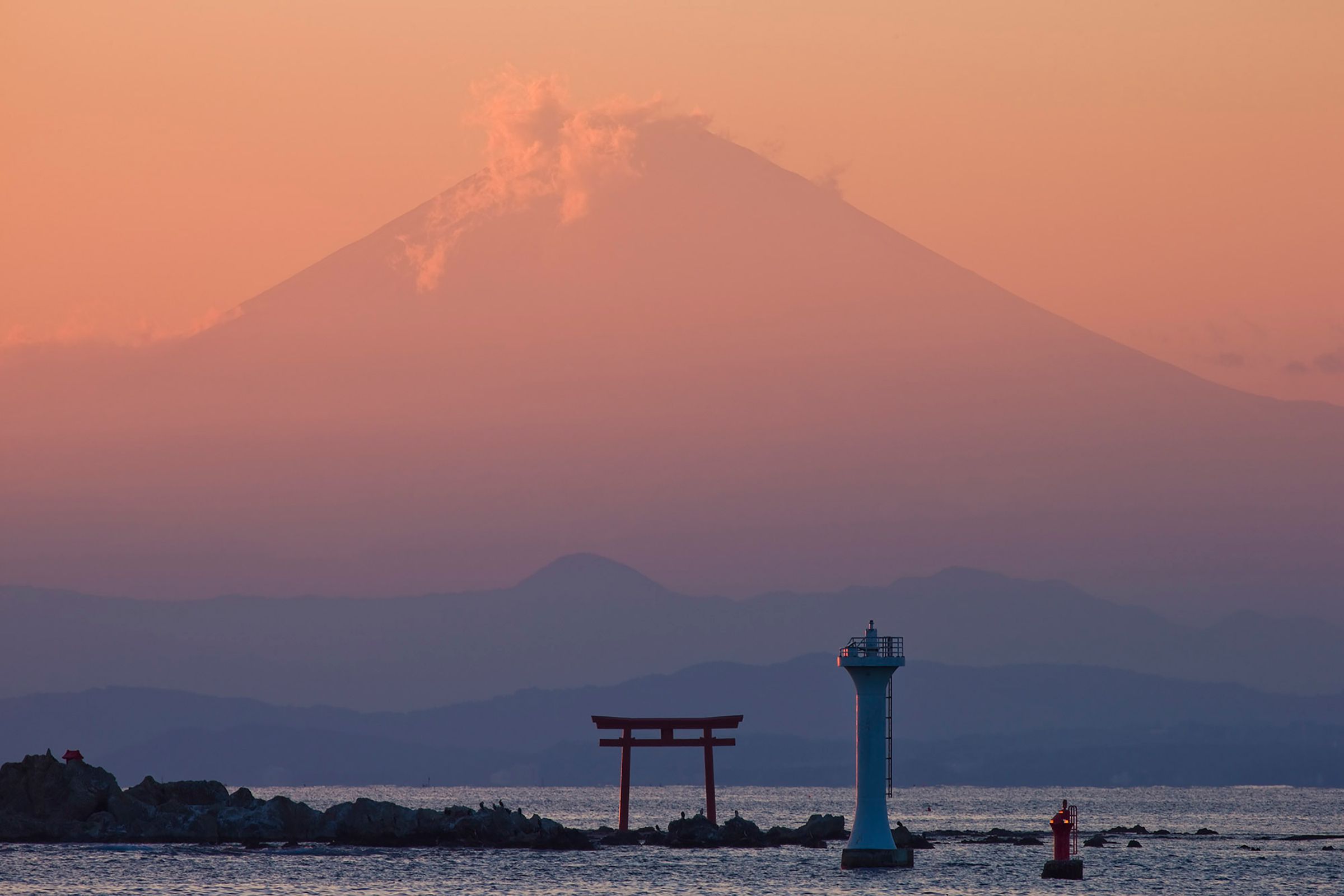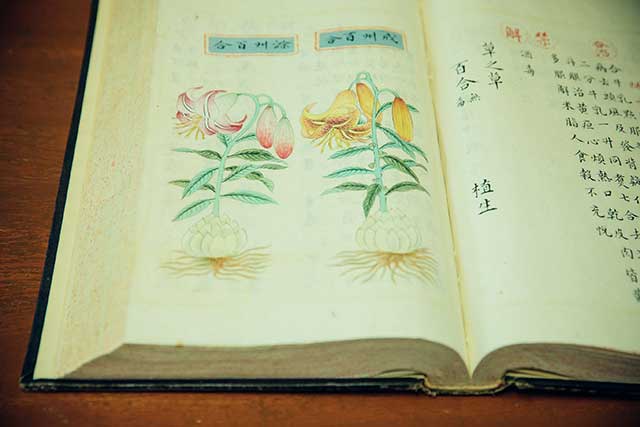Born from the Climate of Japan
Rokkoyo, the Origins of the Ceramic ingrained to the Japanese Life
The Nihon Rokkoyo (Six Ancient Kilns) refers to the six representative production areas, which have continued since the middle ages up to the present day. The six areas are Echizen, Seto, Tokoname, Shigaraki, Tanba and Bizen. In 1948, a ceramic scholar and potter, Fujio Koyama named the six areas as the Nihon Rokkoyo and in the spring of 2017, the six kilns were certified as the official Japan Heritage.
Taking this occasion, the six cities (Echizen: Fukui Prefecture Echizen City, Seto: Aichi Prefecture Seto City, Tokoname: Aichi Prefecture Tokoname City, Shigaraki: Shiga Prefecture Koka City, Tanba: Hyogo Prefecture Sasayama City, Bizen: Okayama Prefecture Bizen City) established the Rokkoyo Japanese Heritage Promotion Council. With a broad perspective, the council re-examined the thousand-year crafts skills and cultures born from each regions to delve into the fascination of six ancient kilns.
In Spring of 2018, “Journey. One Thousand Years. The Six Ancient Kilns”, a new project started to re-examine the fundamental human activities, the relationship between people and nature, and the origin of creating the ceramics.
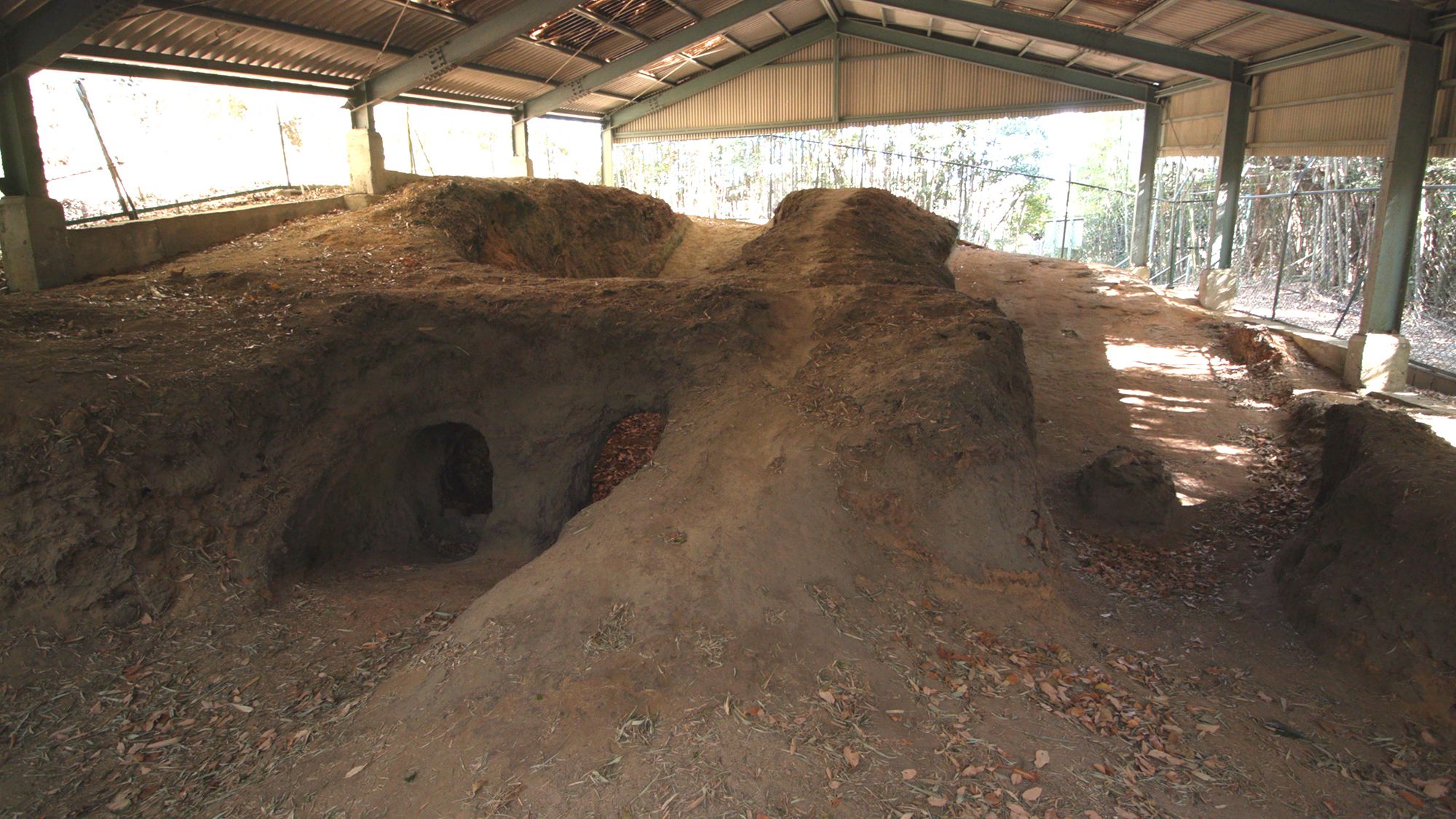

The Tokoname’s Kagoike Ancient Kiln. This Anagama (Cave Kiln) was used during the late Heian period. The kiln is built by digging out the soil of a slope.
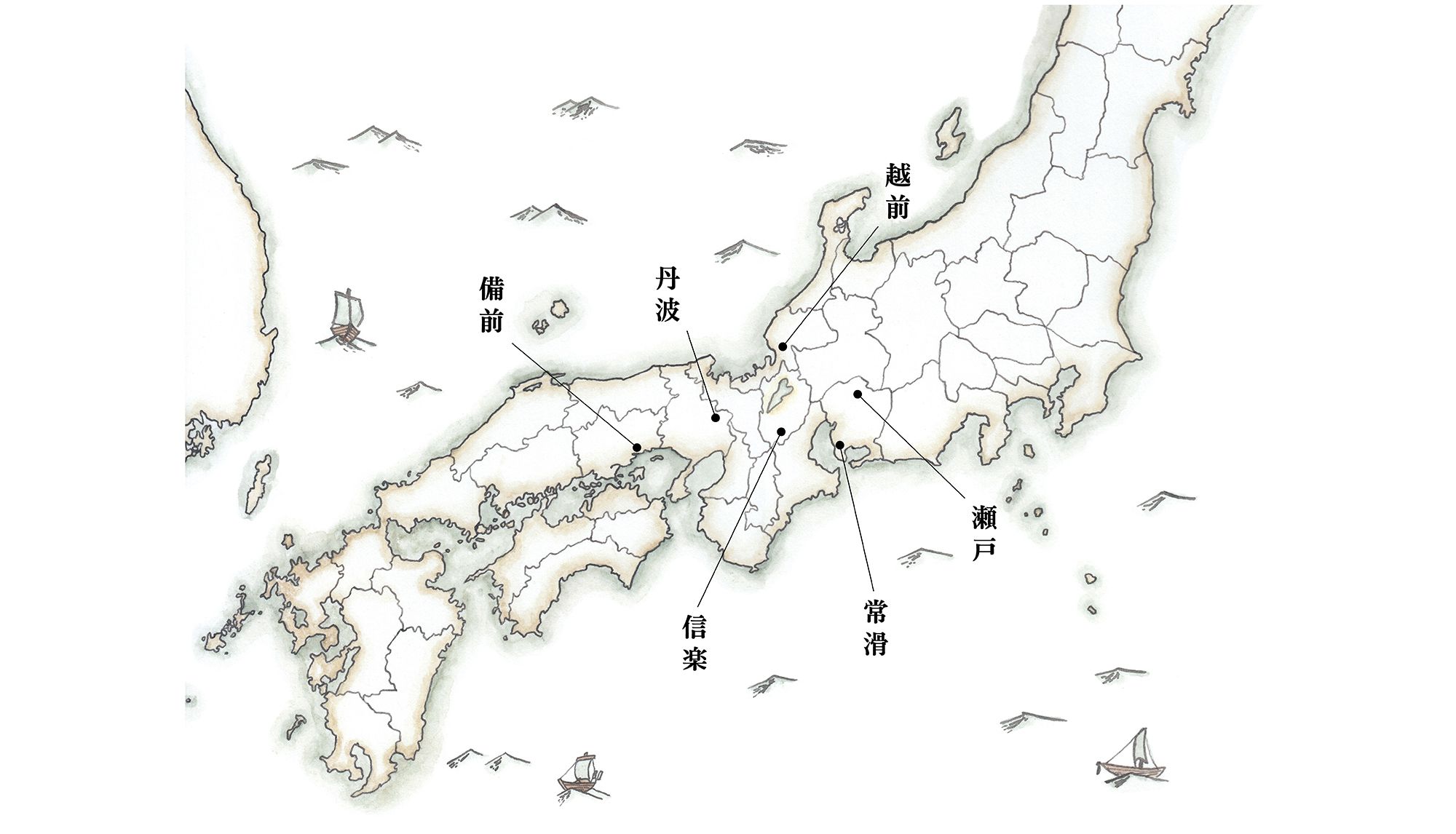

The Rokkoyo situated in Japan. It is known that more than 80 production areas used to have existed during the middle ages.
Why is Rokkoyo brought to attention at this timing. The person who holds the answer to this question is Koji Takahashi, the creative director of Rokkoyo Japan Heritage Council and former In-house designer of Muji. After experiencing the product planning and designing for household goods at Muji, Koji moved to Tokoname in Aichi Prefecture to connect the life of people and ceramics.
“Japan is a major ceramics country with surprising number of ceramics production areas packed in a small land. This is a very unique characteristic when seen from the world. The Rokkoyo are the major ceramics production areas. Not only the industrial ceramics but the ceramics inheriting the original production method still exists as well. The process of kneading the land’s soil and water, the designing to fit the necessities, the drying process using sun and wind, and the heating using firewood, these beginning forms of creating ceramics have continuously inherited to the present day. Since we are living in an age where we are flooded by things, I believe that Rokkoyo can provide us an opportunity to think about the Japanese life and our relation with nature.”
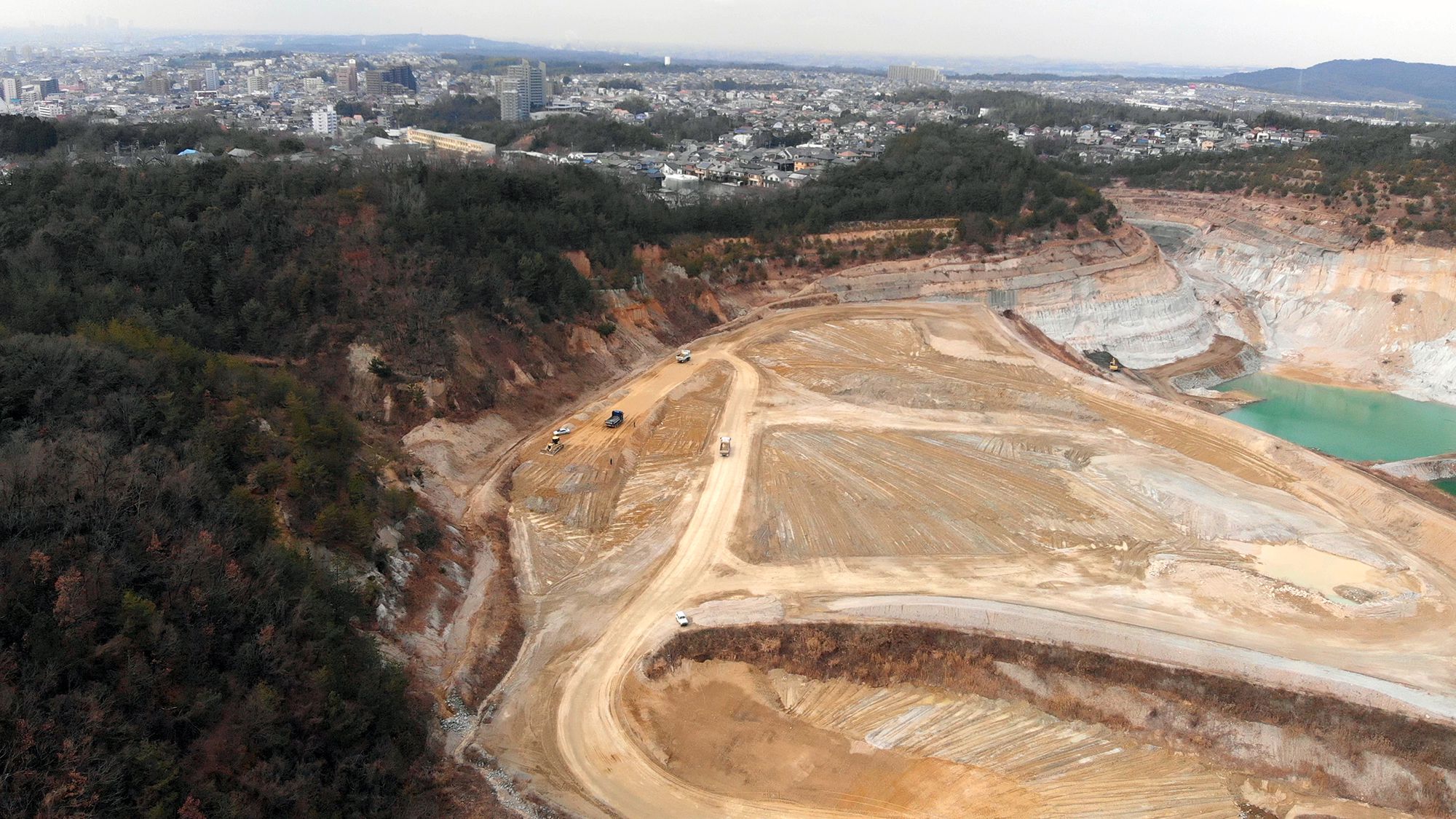

The Clay Pit in Seto. The region’s clay are used at Mino and other production areas.
Why have the Japanese ceramics developed and diversified up to this present day. The reason is said that the natural environment and the climate in Japan is suitable for making ceramics. Especially with Rokkoyo, the areas of six ancient kilns are rich in soil which is the base material for ceramics. In addition, the hilly characteristics of the land have made it easier for gathering firewoods from the forests, the river and ocean helping the transportation of the goods and the short distance to the cities helped the ceramics to be easily purchased. These factors helped the Rokkoyo to become the major production areas. When going back to the history, the Sueki (Sue Ware) was introduced from the Korean Peninsula during the Kofun Period and the Seyutoki (Ceramic ware which uses glazing at the burning process) was introduced from China during the Asuka Period and Nara Period. The Rokkoyo studied the skills and later mass-produced and industrialized to fit to the ordinary people’s tools.
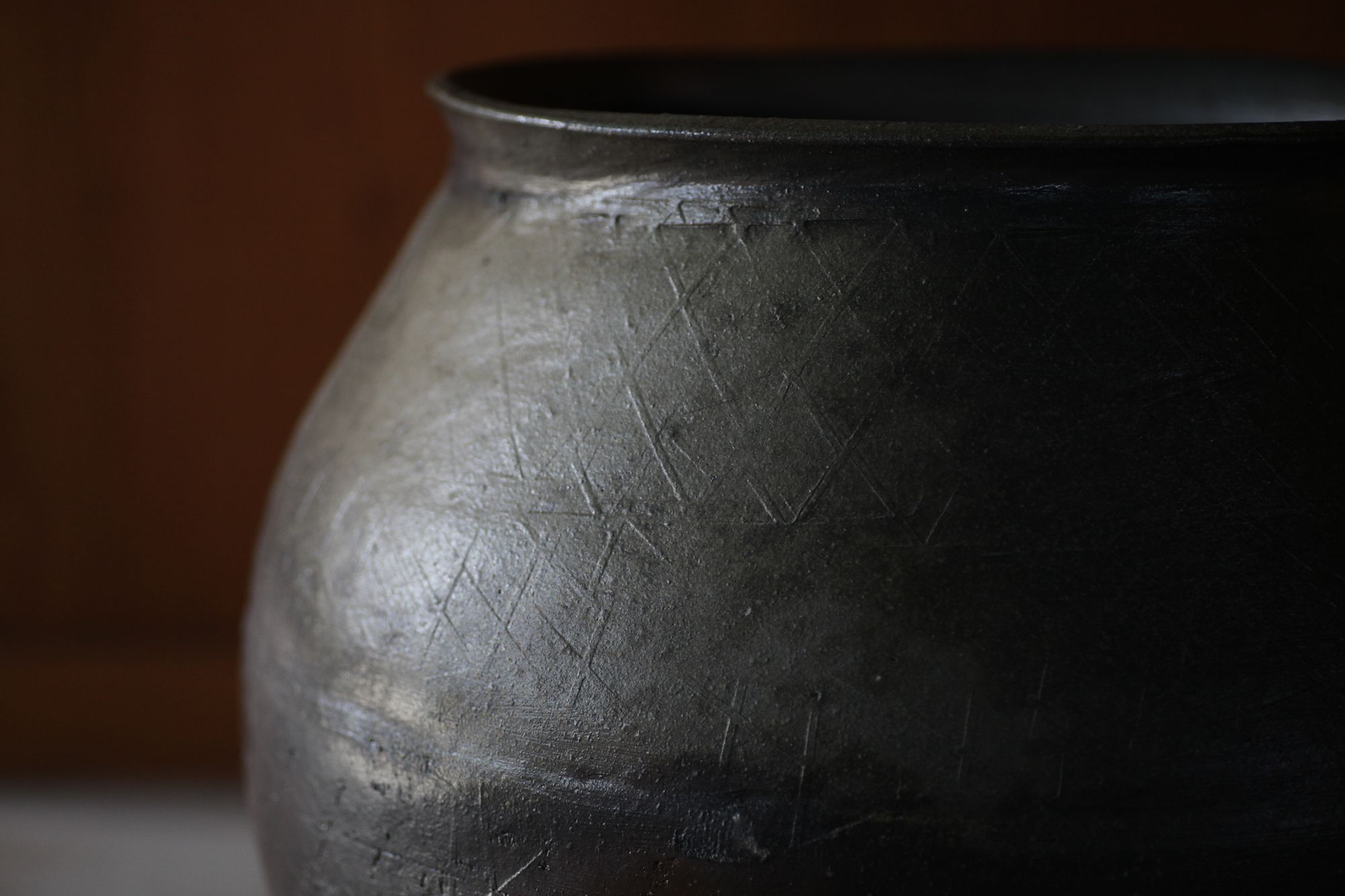

Tokonome – Akira Koie / Tokoname Yamatsuchitataki Tsubo
The ceramics born from the characteristics of the land later evolved by the Japanese cuisine culture and aesthetics
Rokkoyo also takes an important role in the history of ceramics from its deep connection with Chatou (Tea Ceramics). “The ceramics imported from China are symmetrically designed which often resembled metalwares. It is said that deflected ceramics and ceramics with melted glazes from sticked ashes weren’t accepted in China. While in the case of Rokkoyo, a new value was sought to accept its asymmetrical design, waves, ash marks as a taste and characteristics. This new value develops to the Keshiki (Scenery) in Chatou culture. From this fact, Rokkoyo was the turning point where the perspective towards the beauty of Japanese ceramics changed. The unintentional beauty from the soil itself and the pure mentality can be found from the Rokkoyo.”
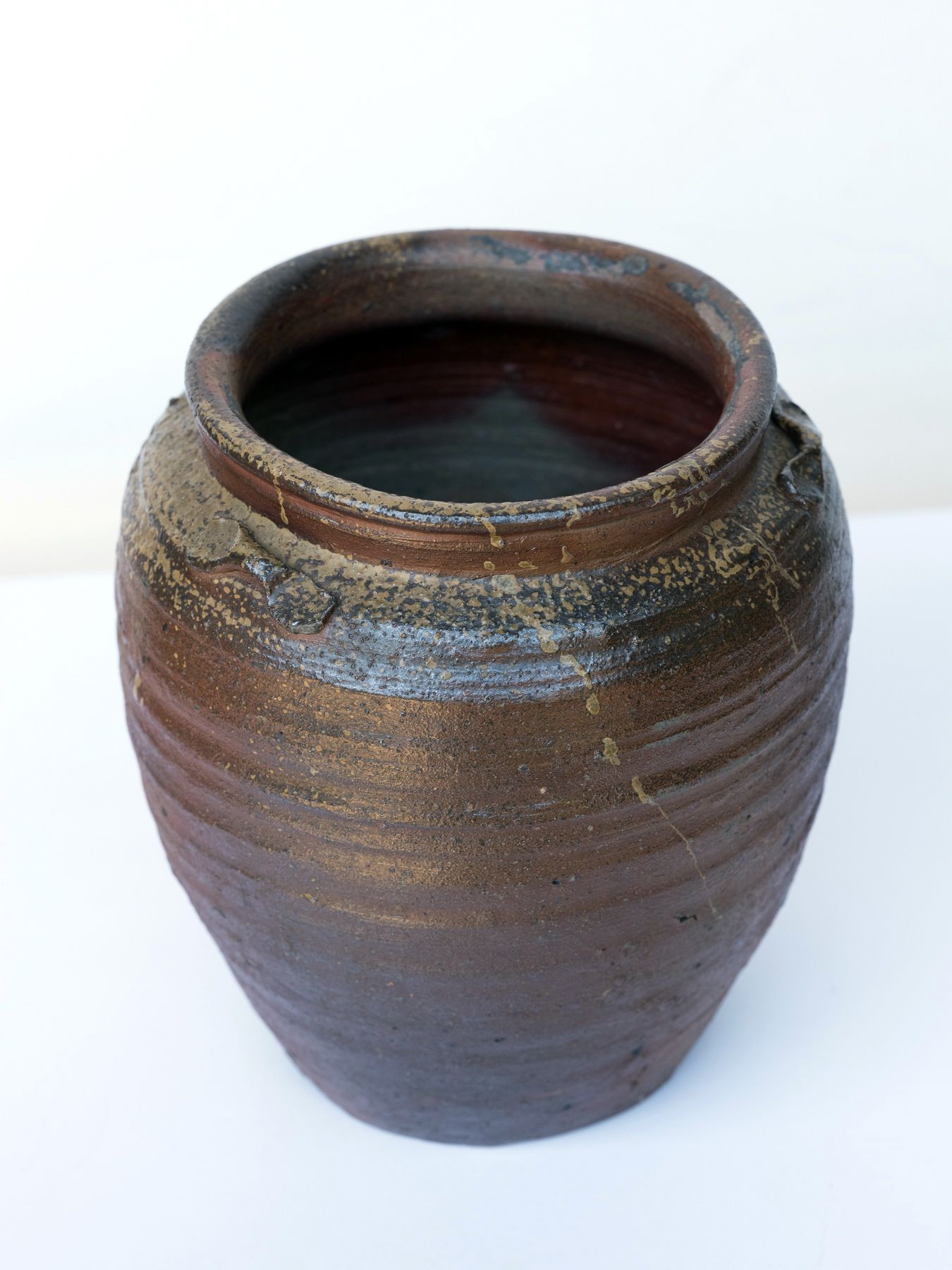

The Bizen Tanetsubo from the Momoyama Period (Stored by Ichiyougama)
Photography Shinpei Kato
“When the Japanese are eating, they hold the bowl using their hands. When they are eating a bowl of soup, most Japanese will place their lips directly on the bowl. This is a custom which no longer remains in China and the Korean peninsula. In Japan, the distance between the person and the tableware is very close and the tablewares are often personal. As an evidence, most Japanese have their own rice bowls, tea cups, and coffee cups. The tableware changes throughout the year depending on the seasons and culinary dishes, allowing the tableware to become an important element in presentation. This is rarely seen in the world. I believe that these Japanese aesthetics have supported the development of Rokkoyo at its roots.”
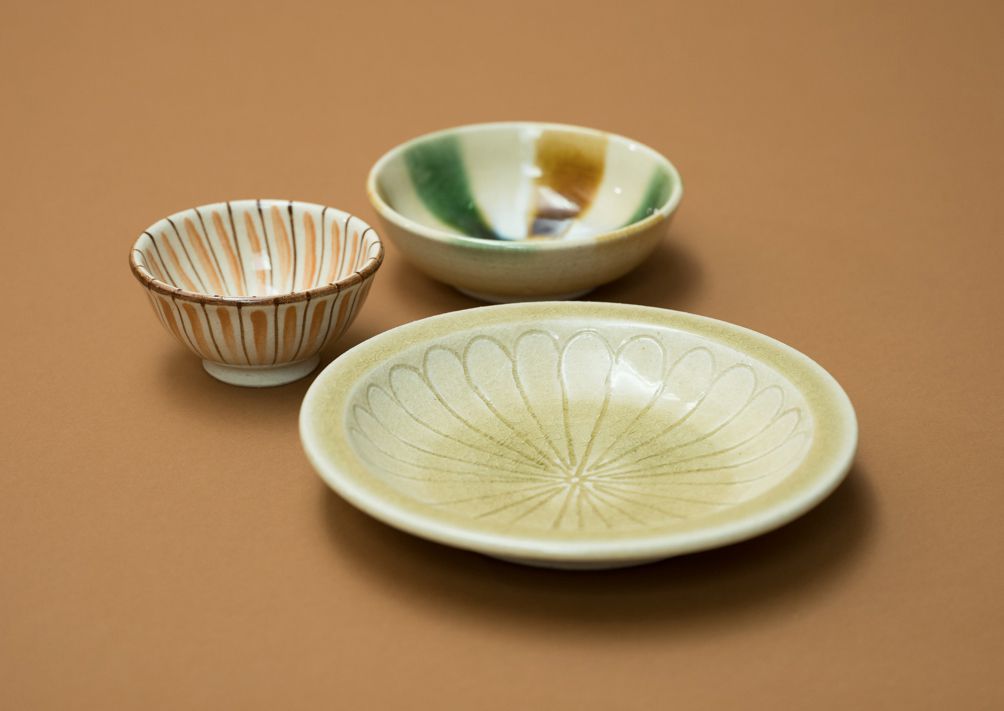

Seto Hongyo Gama/ Sansai Soup Bowl (Far End), Mugiwarade Chawan (Center) and Kiseto Ishizara (Front).
Seto Hongyo Gama is a kiln with a history of 300 years. The kiln produces and sells Seto ceramics based on the ideas from folk crafts.
Photography Shinpei Kato
“Journey. One Thousand Years. The Six Ancient Kilns”
https://en.sixancientkilns.jp/
